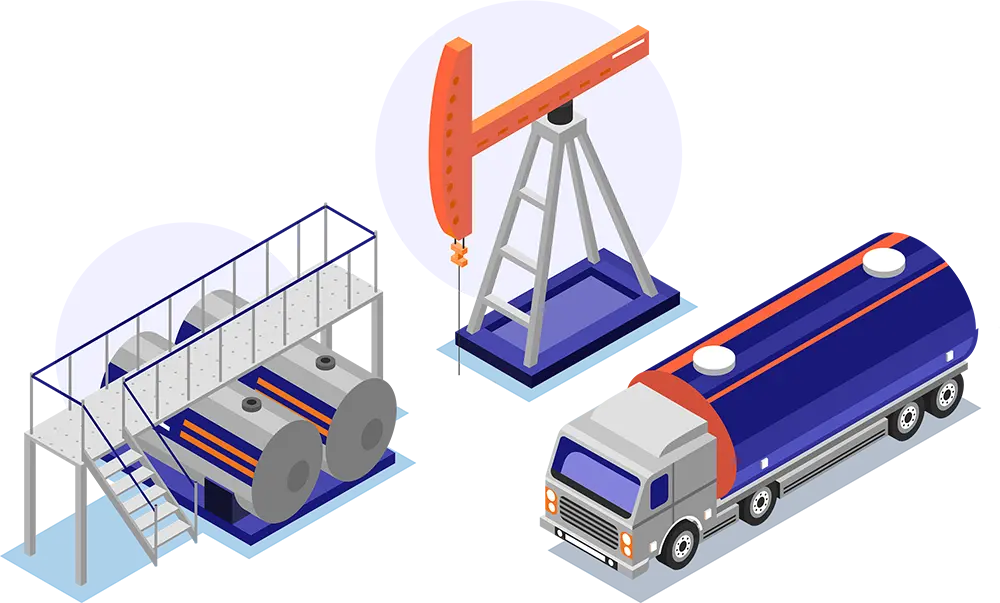Enhancing safety and productivity of the petrochemical fleet, away from traditional methods

In the oil, gas, and petrochemical industry, adhering to established standards is crucial for ensuring both security and operational efficiency. Achieving these objectives relies on continuous monitoring, something unattainable through traditional methods. Therefore, failure to adopt new methods for fleet management will gradually destroy both security and operational efficiency in this industry. This sector has always held a strategic position among different countries' industries, and it faces numerous inherent risks. Consequently, real-time information and seamless communication across various process components are of great importance. The industry's resources can only be effectively managed if they are consistently available. The vehicle fleet, representing a substantial portion of these resources, must be readily accessible to maintain control. These organizations require various types of vehicle fleets for transporting employees and products between production sites and other locations.

Hardware


Software & Modules